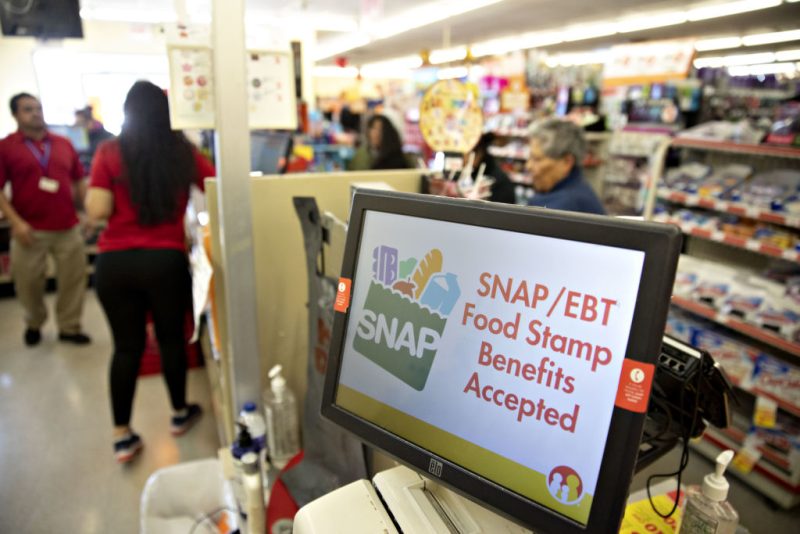HONOLULU (KHON2) — Starting Oct. 1, Hawaiʻi residents who use SNAP should expect to see a reduction in their benefits.
The U.S. Department of Agriculture made adjustments to the Thrifty Food Plan, the federal formula used to determine nationwide benefit levels.
This means Hawaiʻi households that utilize the program will see, on average, a monthly decrease of about $8 per person.
Hawaiʻi’s Department of Human Services said this means that single-person households could see about an $11 reduction and about $34 for a family of four.
“This change is not easy for families who are already working hard to make ends meet, and we know every dollar matters when putting food on the table. DHS is committed to walking alongside households during this transition,” said Department of Human Services Director Ryan Yamane.
DHS has recommended steps families can take to help absorb the impacts of these federal reductions:
- Update household information: Reporting household expenses, such as rent or childcare, can help raise your benefits.
- Utilize additional resources: Explore other assistance programs such as Da Bux, WIC, free or reduced-price student meals and Sun Bucks.
- Don’t be afraid to ask for help: Households are encouraged to call DHS Processing Centers or Aloha United Way to be connected with SNAP representatives in the community for additional food resources.
To learn more about alternative food assistance programs, please visit their websites:
- Da Bux: Discounts on local produce.
- WIC: Access to healthy food for pregnant people, new moms, or keiki under five.
- Free and reduced-price student meals
- SUN Bucks: Grocery support offered during the summer so keiki can receive access to healthy food after the school year.
Check out more news from around Hawaii
“This is the third year of federally required reductions for Hawaiʻi and we know it will be felt across households,” said Yamane. “While DHS cannot change the federal formula, we can make sure families have clear information and guidance to maximize their benefits, as well as access to the many community programs that can help fill the gap.”
